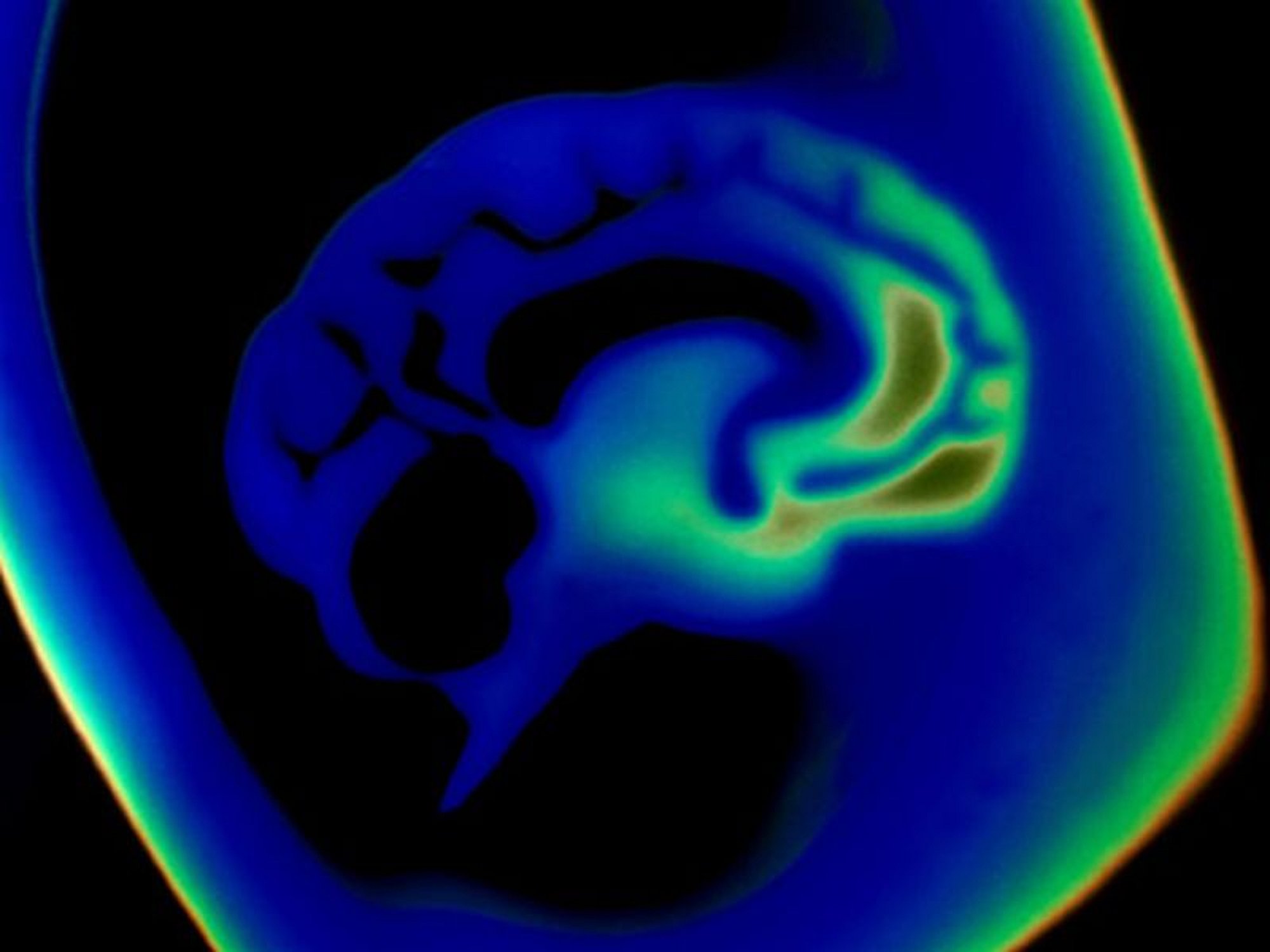New Device Safe, Effective for Treating Brain Aneurysms

THURSDAY, Jan. 13, 2022 (HealthDay News) -- Real-world use shows the Woven EndoBridge (WEB) device is safe and effective for treating brain aneurysms, according to a research letter published online Dec. 17 in Stroke.
Adam A. Dmytriw, M.D., from Massachusetts General Hospital in Boston, and colleagues presented multicenter data to aid decision-making and prognostication when considering the use of a WEB device. The analysis included both ruptured and unruptured aneurysms (683 in 671 patients) in all intracranial locations treated at 22 academic institutions with the WEB device.
The researchers found that at a median 11 months of follow-up, adequate occlusion was seen for 85.7 percent of aneurysms and complete occlusion occurred in 57.8 percent. No re-ruptures occurred. Overall, 7.8 percent of aneurysms required retreatment and 7.5 percent of procedures had thromboembolic complications, of which 4 percent were symptomatic and 2 percent were permanent. Hemorrhagic complications were documented in 3 percent of procedures. Lower rates of adequate aneurysm occlusion were significantly associated with minor compaction (adjusted odds ratio [aOR], 0.45; 95 percent confidence interval, 0.24 to 0.86; P = 0.015) or major compaction (aOR, 0.25; 95 percent confidence interval, 0.11 to 0.57; P = 0.001) versus no compaction. Immediate remnant aneurysm (aOR, 0.45; 95 percent confidence interval, 0.18 to 1.00; P = 0.065) at the end of procedural digital subtraction angiography was associated with less adequate aneurysm occlusion on last follow-up compared complete occlusion.
"Patients who are not suitable for open aneurysm surgery or who have recently had a life-threatening rupture and would be at high risk for additional bleeding if treated with conventional endovascular techniques due to the need for blood thinners, now have a viable treatment option," Dmytriw said in a statement.
Several authors disclosed financial ties to the medical device industry.
Abstract/Full Text (subscription or payment may be required)
Related Posts
Chemosensory Dysfunction Predicts Serologic Response After COVID-19
THURSDAY, Dec. 15, 2022 (HealthDay News) -- Subjective chemosensory dysfunction...
ED Pediatric Readiness Cuts In-Hospital Mortality
TUESDAY, Sept. 12, 2023 (HealthDay News) -- Increased readiness of emergency...
Hundreds of Hospitals Could Close Across Rural America
MONDAY, Jan. 16, 2023 (HealthDay News) -- Hundreds of rural hospitals across the...
Poor Sleep Can Make Folks Selfish, Study Finds
WEDNESDAY, Aug. 24, 2022 (HealthDay News) -- The health risks of losing sleep...
